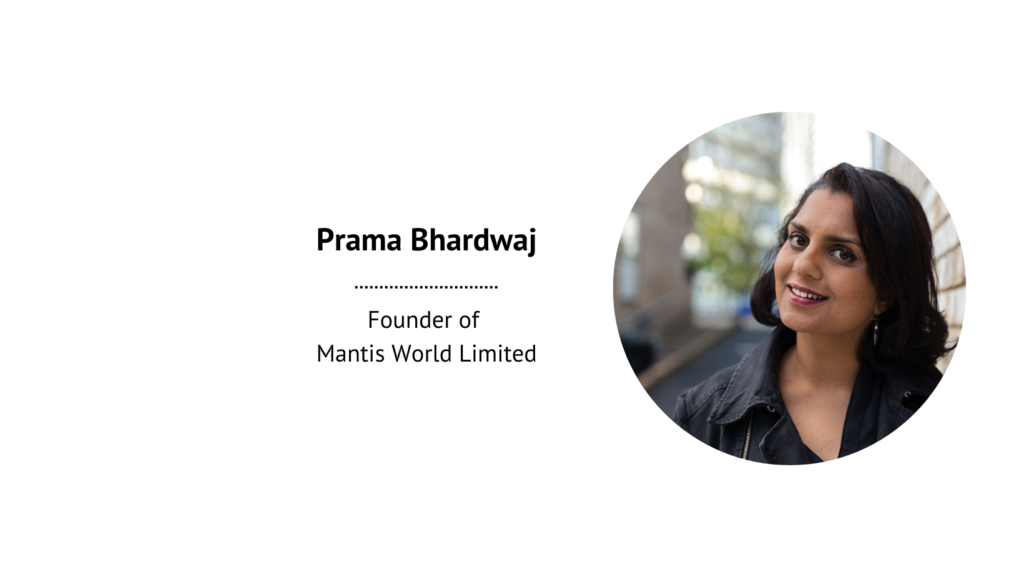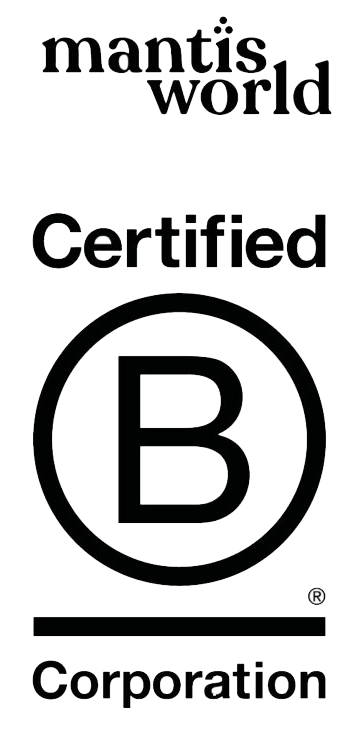Overproduction & obsolescence – the unspoken scourges of textile sustainability.
By Prama Bhardwaj, long-time eco-advocate, campaigner and founder of Mantis World Limited.

I’m on a mission and it’s to shine a light on overproduction. Over-manufacturing, overconsumption and obsolescence are enormous issues in our industry, yet no-one’s talking about, let alone, tackling them. How can it possibly be sustainable to create huge collections and manufacture vast colour ranges using gigantic amounts of natural resources and raw materials, yet the majority of decorators and customers are only looking for a few core shades?
The rule of generating 80% of your sales with 20% of your SKUs is universally understood, yet there is a relentless pursuit of newness and extremes accelerating the cycle of production and disposal – the next shade, the biggest colour range, the most styles, and it all leads to overproduction – stock, styles and colours that will become the next surplus sale, the next clearance bargain, the next batch of clothing heading to landfill. We already know that 87% of the materials and fibres used to make clothing will end up in either incinerators or landfills, so tackling obsolescence and its causes should be top of our list. Who really needs a 10th stock shade of brown? And what even is the difference between Roasted Peanut, Syrup and Warm Tan?
Excessively large ranges contribute significantly to unnecessary resource consumption in the manufacturing process, including water, energy, and raw materials, also unwarranted dyeing and chemical treatments. With some very rough maths, I estimate that the European imprintables industry generates over 10 million discontinued and therefore obsolete garments every year. If it takes up to 7,000 l of water and 2.6 kg of CO₂ to make one conventional cotton t-shirt, the scale of wastage becomes eye-watering very quickly.
Let’s make a sustainability driven, conscious decision to move away from the fast fashion model with ‘seasonal collections’ where colours and styles come and go. Another shade of pink may appear appealing for the summer, but what happens to the outsizes of Drunk-Tank Pink (yes, that is genuinely the name of a colour) that are left at the end of the season? Singular, no repeat production, means more unusable stock left on the shelves.
There are also huge financial implications to obsolete products. Take the warehousing, shipping and distribution costs alone – the financial loss brands make on clearing out discontinued stock is momentous, imagine being able to save that money and invest it into better conditions for factory workers or fairer prices for farmers – just visualise the positive impact for them and their communities.
At Mantis World, we are reducing the size of our ranges and limiting new additions to concentrate on the SKUs where there’s a clear and demonstrable demand, rather than following the window-shopping mentality of adding eye-catching styles that draw the buyer in, but rarely actually sell. We are also committed to a minimum lifespan of 3 years for every style in the range.
As an industry, we have to address the UN’s Sustainable Development Goals, Goal 12 in particular – adopting responsible consumption and production patterns. More sustainable practices mean a shift towards more eco-friendly fibres, backed up by genuine certifications and accreditations. Exact figures will vary by geographical location and time, but organic cotton fabric uses up to 88% less water than conventional cotton. Despite the hype Eco or Recycled ranges are often made from rPET – polyester derived from plastic bottles. Although this process can prevent such items from going to landfill, rPET is still polyester and still fundamentally relies on the fossil fuel industry. rPET cannot currently be easily recycled once it’s a textile, it sheds micro fibres when washed and if it’s being used to appear eco-friendly while continuing business as usual, it’s not a solution.
Further research & development into circulatory (being able to recycle textiles back into textiles without degrading quality) is certainly also part of the solution, but we have to come back to the source of the problem – the apparent never-ending desire to churn out vast quantities of cheap garments – and that process needs to start with a concerted drive towards more responsible inventory management. We can’t just keep slapping a green credential on a product and carry on manufacturing, consuming and wasting so much.
Customers too have to change their behaviour and start forecasting earlier. Expecting there to be 10,000 Drake’s Neck Green hoodies available to be delivered next day is fuelling the overproduction issue. Brands bring in excessive stock on a hunch, a hope of a sale, but what happens to those green hoodies if no-one buys them? That’s not to say there’s anything wrong with wanting a specific green hoodie, it’s the idea that they should be sat on a shelf somewhere waiting to be worn that is the problem. At Mantis World, we have been working with bespoke clients for many, many years and have great experience in dying all sorts of shades to match brand colour schemes, the key is in the planning and allowing enough time for unique colours or garments to be created.
So, does this mean that we should all stop making anything or ever creating something new and go home? Absolutely not – I strongly believe that there will always be a market for well-made garments thoughtfully created with the lightest footprint on the planet that are long lasting both in quality and relevance. I’m advocating a future where we make and buy less with the emphasis on value over volume and minimising obsolescence. By focusing on a more limited colour palette, all using organic cotton, at Mantis World we are seeking to optimise our production processes and reduce waste generation, as well as support environmentally friendly practices and the use of natural fibres. We believe that using fewer commercial colours is an opportunity for decorators to demonstrate genuine eco-consciousness, combat greenwashing and educate the wearer.
For me it comes down to this- everything we consume or produce has an impact, so it’s on all of us to look at what and how much we consume, how we produce it and how long it lasts. I always like borrowing the late Vivienne Westwood’s mantra ‘Buy less, choose well, make it last’. We have to stop believing that having 100 colourways and millions of stock garments in a range is a good idea or can ever be seen as a sustainable choice.


